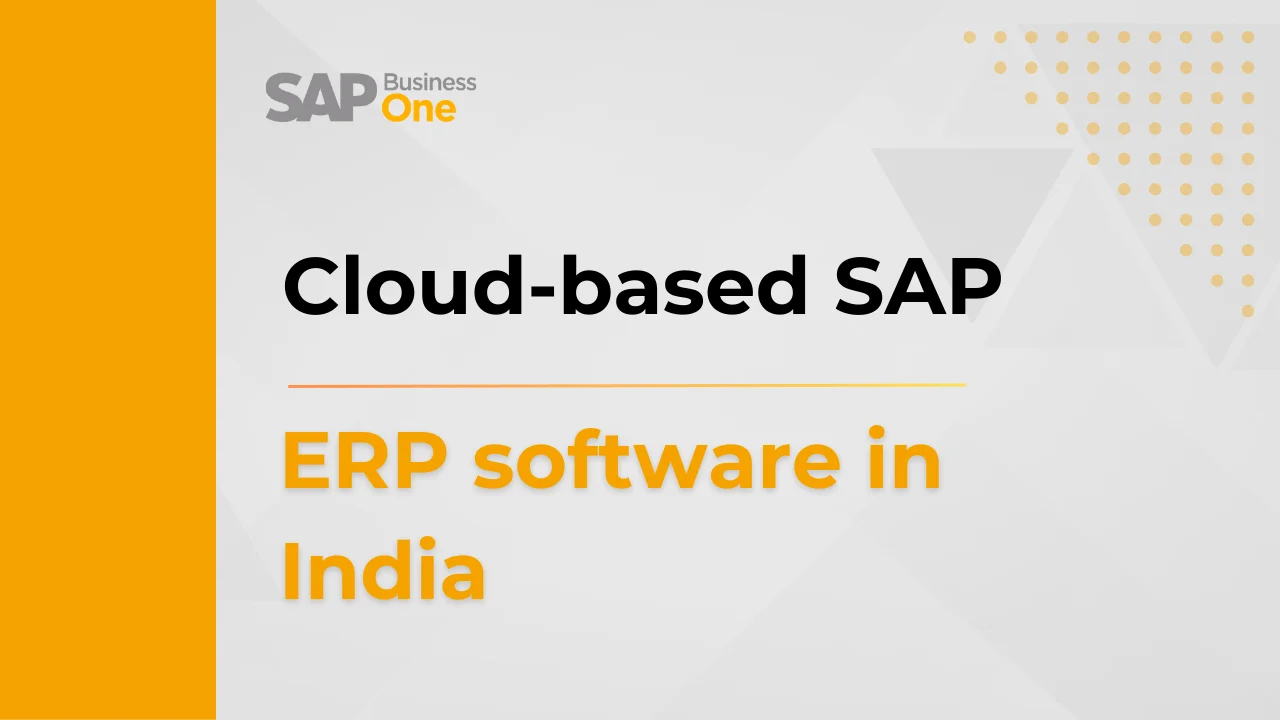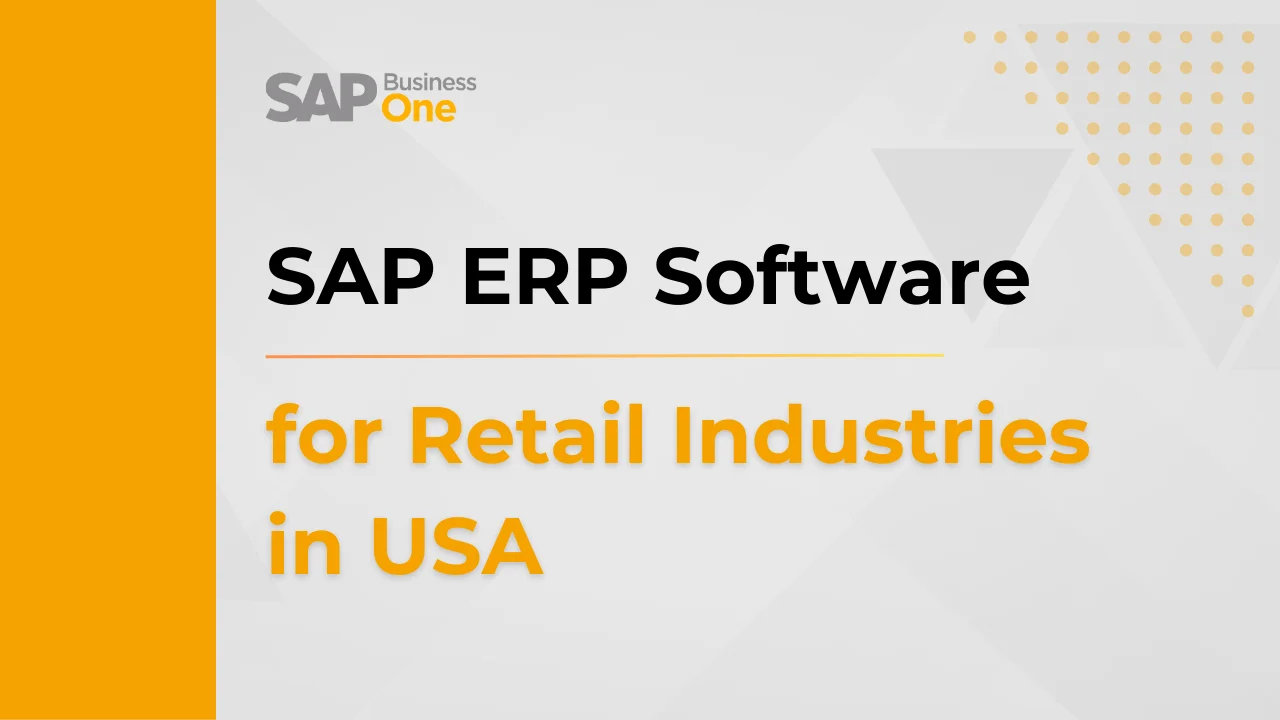SAP ERP Implementation Steps
SAP ERP Implementation Steps: The process of implementing SAP ERP may appear overwhelming, but it doesn’t have to be. Whether you are a business owner or simply interested in IT, having knowledge of the steps involved can make the process run more smoothly. Let’s break down the SAP ERP implementation into smaller, manageable parts so that you can understand how everything connects. By the end of this read, you will be well-informed and ready for what’s to come. After all, wouldn’t it be ideal to avoid any unexpected surprises?
Introduction
Introducing SAP ERP is akin to setting off on a cross-country journey. You must have a well-defined itinerary, proper equipment, and a dependable guide. Let’s delve into each leg of this expedition and observe how Kabeer, an esteemed SAP Partner, can ensure a seamless trip.

What is SAP ERP?
SAP ERP (Enterprise Resource Planning) is a comprehensive software suite designed to streamline business operations. It combines various functions, such as financial management, human resources, manufacturing, and supply chain management, into one system. This provides businesses with a holistic view of their processes and improves overall efficiency.
Why Implement SAP ERP?
Incorporating SAP ERP into your business can revolutionize it by simplifying processes, increasing data precision, and strengthening decision-making. It’s comparable to upgrading from a bike to a car—everything becomes quicker and more effective.
Step 1: Preparing for the Project

The first step in a successful SAP implementation is preparing for the project. This involves defining the scope and goals of the project, as well as assembling a team to carry it out. Think of this phase as similar to planning a trip – you decide on your destination, map out your route, and gather your travel companions. The first step in a successful SAP implementation is preparing for the project. This involves defining the scope and goals of the project, as well as assembling a team to carry it out. Think of this phase as similar to planning a trip – you decide on your destination, map out your route, and gather your travel companions.
Key Activities:
- Define the objectives and goals of the project
- Establish a project team and structure for governance
- Develop an overall plan for the project
Step 2: Creating the Business Blueprint

During this phase, you will analyze your company’s existing processes in detail. This includes documenting current procedures and identifying any potential gaps that can be addressed by implementing SAP ERP. It’s like creating a detailed map for your journey, ensuring you have all necessary information about every turn and stop along the way.
Key Activities:
- Conduct workshops with key stakeholders
- Document business processes and requirements
- Create a blueprint document outlining the future state of the company
Step 3: Implementation

This phase is where the blueprint becomes a reality. You will configure the SAP system based on the documented processes and requirements. It’s similar to tuning and customizing a car engine for a specific journey.
Key Activities:
- Configure the SAP system
- Develop any necessary custom enhancements
- Conduct testing, including unit and integration testing
Step 4: Final Preparation

In this phase, thorough testing and training are conducted to ensure everything is ready for go-live. It’s like doing a final check on your car before hitting the road, making sure everything is in working order and briefing everyone on board about what to expect on the journey ahead.
Key Activities:
- Conduct user acceptance testing (UAT)
- Train end-users on using SAP ERP
- Develop a plan for transitioning to using SAP ERP
Step 5: Go Live and Support

The final phase is when the SAP ERP system goes live and the project shifts from implementation mode to operational mode. It’s time to start your journey with confidence.
Key Activities:
- Execute the plan for transitioning to SAP ERP
- Monitor the system closely
- Provide support after the go-live date
Kabeer: The Reliable SAP Partner
Selecting the perfect partner is essential for a thriving SAP integration. Kabeer is a dependable and esteemed SAP partner recognized for their knowledge and dedication to achieving client success. They provide all-inclusive assistance throughout the entire process, guaranteeing a seamless and effective implementation.
Common Challenges and Solutions
Despite thorough planning, obstacles may still arise. Here are some common challenges and their potential solutions:
Data Migration Issues
When transferring data from older systems, it is important to have a well-defined plan in place. Conducting several trial runs can prevent any potential problems during the actual migration process.
Change Management
Introducing new systems can be met with resistance from employees. To ensure successful adoption, involve them in the process early on and provide thorough training. Clearly communicate the benefits to gain their support.
Project Expansion
It’s tempting to continually add features and make the project bigger. However, it’s important to stick to the original plan and address any changes through a formal process for control.
Conclusion
In conclusion, the process of implementing SAP ERP may seem daunting, but with proper planning and the support of a reliable partner like Kabeer, it has the potential to revolutionize your business operations. Consider it as setting off on a voyage towards a more streamlined and data-focused future.
FAQs
1. What are the main steps in SAP ERP implementation?
The main steps are Project Preparation, Business Blueprint, Realization, Final Preparation, and Go Live and Support.
2. How long does it typically take to implement SAP ERP?
Implementation time can vary but generally takes between 6 to 18 months depending on the project’s complexity.
3. What is the role of a SAP implementation partner?
A SAP implementation partner provides expertise, resources, and support throughout the implementation process, ensuring a smooth transition.
4. How can we handle data migration during SAP ERP implementation?
Develop a clear data migration strategy, conduct multiple test runs, and validate data accuracy to handle data migration effectively.
5. Why is change management important in SAP ERP implementation?
Change management ensures that employees are engaged, trained, and supportive of the new system, which is crucial for a successful implementation.






